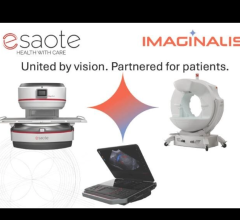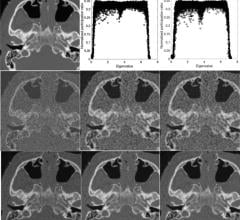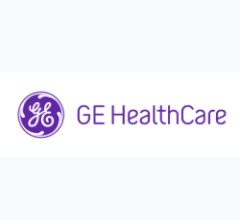
February 9, 2009 – Some patients who suffer a stroke as a result of a blockage in an artery in the brain may benefit from a clot-busting drug nine or more hours after the onset of symptoms, according to findings published in the online edition of Radiology.
“Every hour that we can add to the treatment window would allow vastly more stroke patients to be treated with potentially life-saving therapy,” said the study’s lead author, William A. Copen, M.D., director of advanced magnetic resonance neuroimaging at Massachusetts General Hospital (MGH) in Boston.
The most common type of stroke is called ischemic stroke. These strokes occur when a blood clot blocks a blood vessel supplying blood to the brain. Some ischemic strokes can be treated with thrombolytic, or clot-busting, therapy using tissue plasminogen activator (t-PA), which helps dissolve the blockage. However, the window of opportunity to safely administer the medication is generally considered to be just three hours. Because few patients get to the hospital to be diagnosed and treated within that time frame, fewer than seven percent of patients receive the drug.
In this retrospective study, researchers analyzed the test results of 109 ischemic stroke patients at MGH. The testing methods included two different MRI scanning techniques: perfusion MRI, which measures blood flow in the brain, and diffusion MRI, which measures the movement of water molecules in tissue.
“Comparing the lesions that we see in these two MR images reveals which areas of the brain are threatened by a lack of blood flow, but could still be salvageable,” Dr. Copen said. “A mismatch between the lesions suggests that a patient might still benefit from thrombolytic therapy.”
In the study, most patients with blockage in a proximal artery, close to the base of the brain, continued to demonstrate a diffusion-perfusion mismatch between nine and 24 hours after the onset of their strokes.
“Patients who have a mismatch have been successfully treated up to nine hours after stroke onset, which is already much longer than the guidelines allow, Dr. Copen said. “Our findings suggest a need for a clinical trial to measure the effectiveness of thrombolytic therapy more than nine hours after the onset of an ischemic stroke.”
For more information: www.rsna.org


 December 04, 2025
December 04, 2025 









